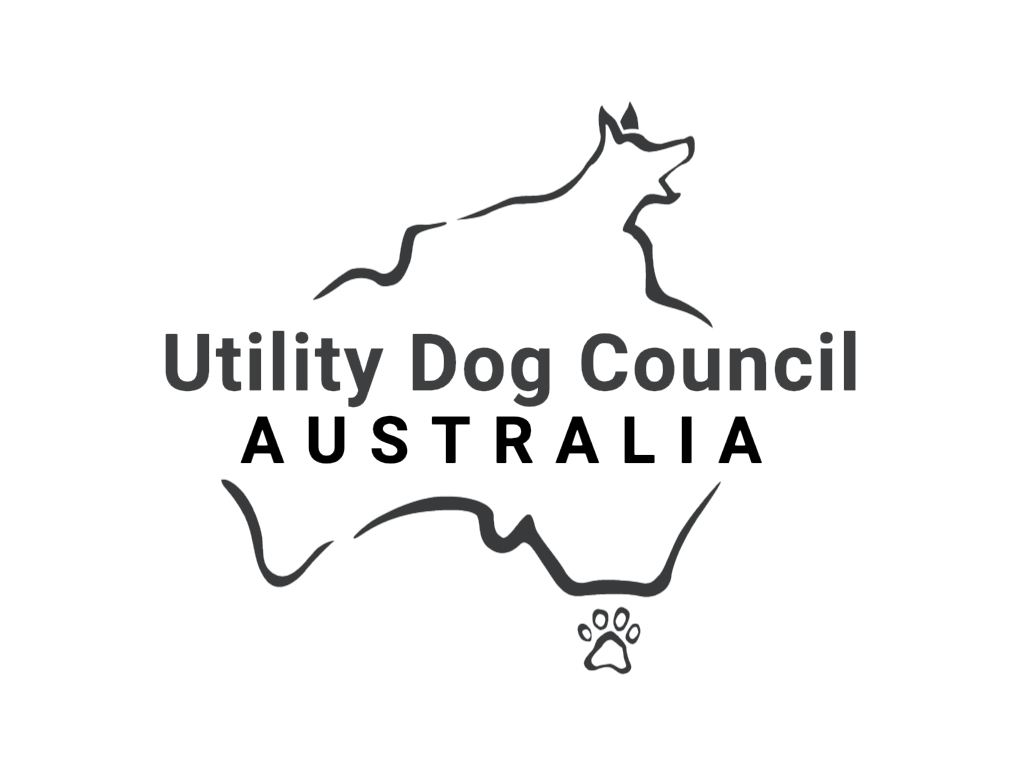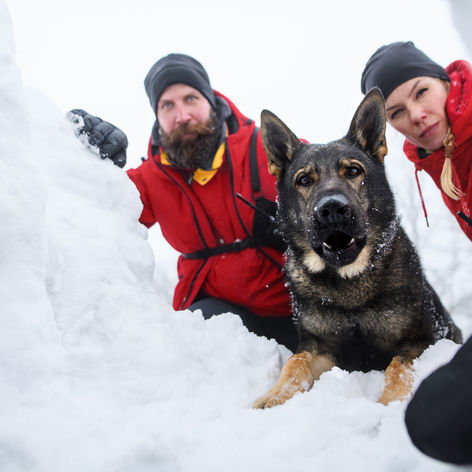top of page



The German Shepherd Dog (GSD) is more than a striking silhouette. Behind the iconic blueprint lies a breed forged for purpose — intelligent, strong, and driven to work. From herding livestock to serving in police and military units, the GSD was never meant to be ornamental.
It is a working dog, and it must be recognised — and respected — as such.
If true to its heritage, the GSD thrives on structure, mental challenge, and meaningful tasks. While its loyalty and devotion make it a beloved family companion, this breed does not flourish without purpose. Without clear leadership and engagement, a GSD can become anxious, reactive, or destructive.From an early age, socialisation and consistent training are non-negotiable. The GSD needs to use its instincts — tracking, guarding, problem-solving — not just for performance, but for its well-being. A life of boredom is not just wasted potential; it is a welfare issue.
If you seek a GSD because of its beauty, understand the responsibility that comes with it. But if you are drawn to the GSD because of what it was bred to do, not just how it looks, then you're on the right path. With commitment and care, the GSD will give you everything — loyalty, protection, partnership — and more.

Structure & Appearance
Medium-sized, slightly elongated, powerful and well-muscled, dry bone & firm overall structure. Upright, pointed ears, black nose, strong back and well-angulated hindquarters. Coat: Black, tan, or sable combinations.
Height (cm):
Male, 60-65; Female, 55-60
Eliminating Faults
Weak character or poor nerve stability, Hip or elbow dysplasia, mono-/cryptorchidism, disfigured ears or tail, serious dental faults, overshot jaw ≥2mm, any undershot.
bottom of page



